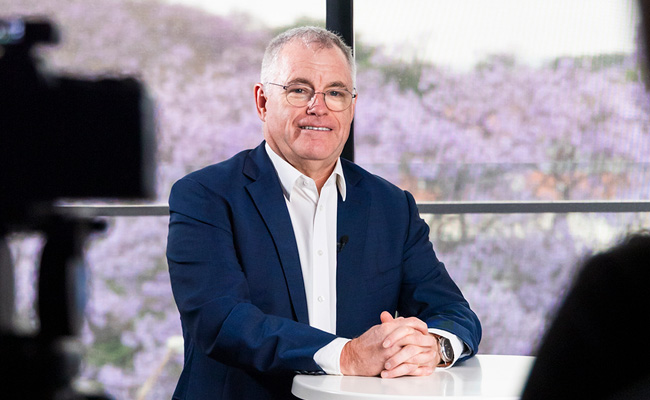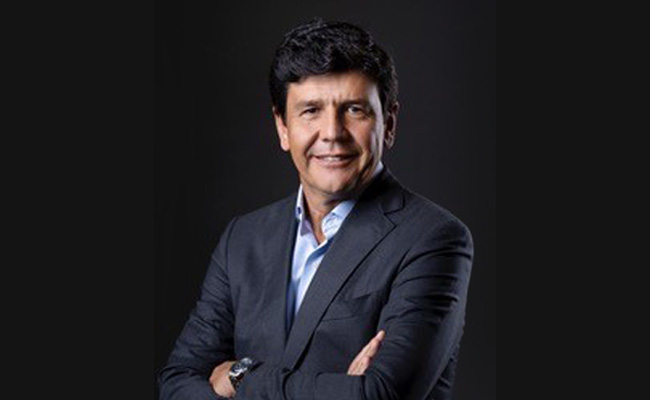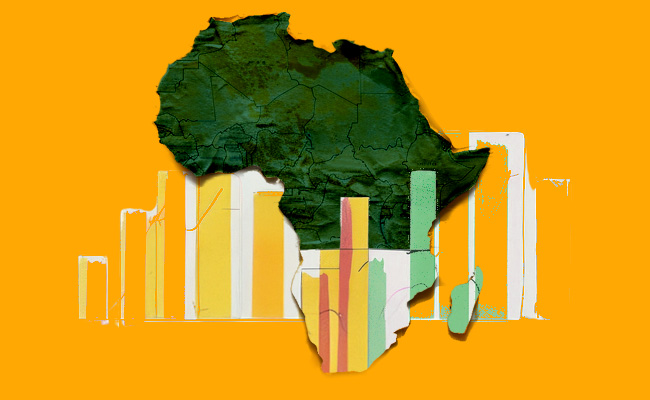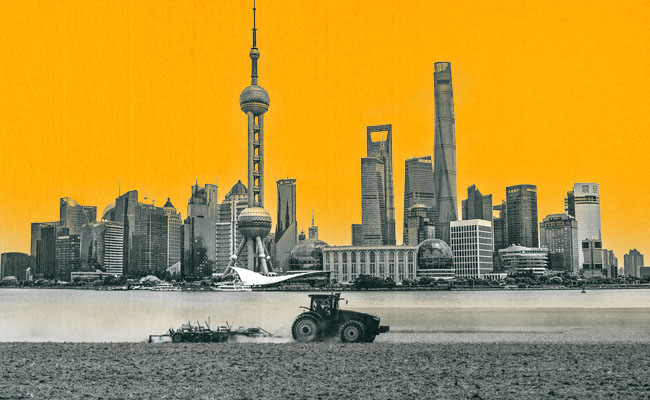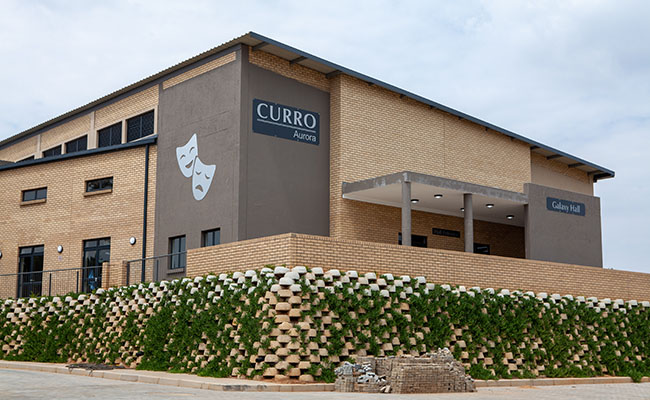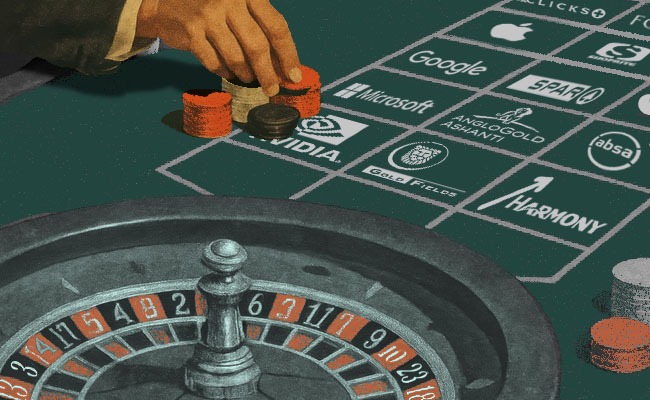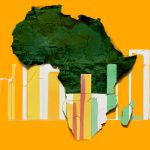It’s hard to believe but Sappi shares popped over 10% on Thursday at one point after reporting a $194m loss for the fourth quarter and a 35% jump in net debt, to $1.9bn. The stock sure could do with a break though – while yesterday’s rally limits its losses this year, the stock is still down a stomach-churning 49%. Currency spoke to CEO Steve Binnie about the numbers, and what to expect in the year ahead.
Why do you think the market was so forgiving? Was it expecting worse?
Look, I’m happy … but we report quarterly so a lot of the bad news was already out there.
It’s been a tough year. We’re a global business with operations in Europe and the US, and trade tensions and tariffs created uncertainty and volatility, and it’s had a significant impact on our business. Europe is a tough place to do business. It’s never fully recovered from Covid; it’s pretty subdued. Germany, where we have mills, is a big part of our European business and it’s struggled for years. The US is better – it’s remarkably resilient –and we continue to grow there but obviously all the [tariff] noise, even in that environment, created challenges.
But the message we’ve been sending out to the market is we’re back to basics, focusing on costs and cash flow and production efficiencies and I think the market likes that.
Your debt is up – a lot. I thought you were the debt hatchet guy?
I am! (Laughs). [Before] the decision to invest in the US, the debt had actually hit a billion dollars, which was our target and it was a 29-year low. You make your decision at a point in time and we’d made record profits back in 2022, and then the world changed. So should we have been more conservative? I guess we can take that on the chin.
The other thing that didn’t help – and it’s linked to what’s happening in the globe – I don’t think anyone expected the rand to strengthen as much as it has against the dollar. And it’s dollar weakness, right, but the point is we get a double whammy here because normally when the selling price of our product drops, it’s linked to uncertain economic times and normally [in that case] the rand weakens.
So we’ve had lower selling prices and the rand strengthening. The currency move alone – because our debt’s in euros – added about $100m. We’re committed to reducing our debt; we’ve reduced our capex over the next two years, we’re taking costs out of the business, we’re closing two machines in Germany and one in Finland, and all of that will take about $60m of costs, which is a big number. We’ve set ourselves targets to get that debt back below a billion dollars and that’s what we’re going to do in the next three years.
It sounds like your bankers are quite sympathetic, even though you are now close to your debt covenant ceiling of four times debt-earnings. Are they?
Yes. They know the industry well; they’re long-term partners, they understand the market dynamics and relationships are good. The irony is that we are a strong cash generator, and [because] there’s not going to be any expansion [capex] over the next three years, we can take down that debt quite quickly.
The tariff situation has been so fluid and fast-moving; can you actually put a number on how it’s impacted you?
The reason a single number is hard to do is because a lot of it is indirect. One direct number I can give you – because we export paper from Europe to the US – was about $10m. But the thing that worries me more in the business we’re in, because we rely on global trade flows, is the kind of indirect impact – and that’s difficult to quantify.
Sales volumes in dissolving wood pulp (DWP) and specialty packaging rose, but prices for just about everything fell. Will there ever be a time that Sappi is a price maker, not a price taker? Or is that a fantasy?
Look, we are in an industry that is very concentrated and very competitive. We compete with the Brazilians, with the Indonesians, North Americans … so we’re always going to be exposed to global prices as a commodity-type business, and it’s cyclical. I wish I was a gold miner at the moment, but five years previously I wouldn’t have wanted to be, right?
But the main product that is our profit driver is DWP and I can tell you that we are a low-cost producer, and there’s not a lot of capacity coming into the market in the next two years.
I fundamentally believe that the demand for clothing and textiles will continue to grow at the pace of GDP (3%) and being a wood-based product it’s more environmentally friendly than cotton and polyester and so will always grow at a faster pace. So we think it will grow at 5%-6% per annum, and if the market remains in balance the prices of DWP should go up.
I’ll give you an example: the DWP price has dropped by $130 a tonne over the course of the past 12 months. Now, we sell 1.3-million tonnes a year – so that’s $150m a year, gone. But it will come back. So we’ll benefit. Our traditional, high-end glossy beautiful paper is dying, we know that. But we’re getting into packaging and textiles and these are growing markets. It’s been a 10-year journey to transform the business.
How long have you been with Sappi?
Thirteen years – and I look it, by the way – and 11 years as CEO.
You’re not going anywhere, any time soon though?
No. I know Sappi gets a lot of criticism, and I was in banking and retail, but it’s an amazing company – people are humble, and remarkably resilient. I love working here.
Top image: CEO Steve Binnie. Picture: supplied
Sign up to Currency’s weekly newsletters to receive your own bulletin of weekday news and weekend treats. Register here.



